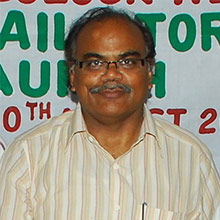Background
The Indian Textiles and Garments (T&G) sector hasenvisioned a long-term growth plan to attain a market size of US$ 115 bn, anexport target of US$ 60 billion so that it can achieve a global market share of9% (from the present share of 4%) in 2011-12 by attaining an annual growth rateof 16%. But, the average annual growth rate recorded for Textiles sector as perthe IIP (total textiles) data during the period 2004-05 to 2007-08 is only8.35%. However, the growth rates for import and export of yarns during 2006-07 haverecorded 15.2% and 55.7% respectively as compared to the previous year, whilethe average growth rates in imports and exports of yearn for the period 2003-04to 2006-07 were 10.8% and 29.13% respectively, indicating heterogeneous trendsin the fibre scenario of the country. But, as per estimates, the projectedadditional requirement of fibre during 2011-12 is about 4,194 Million Kg. ascompared to 2006-07. Thus, it is evident that there are intrinsic issues to beresolved in the fibre front for augmenting the production performance of thevalue added segments of the textiles value chain.
Natural fibre sector of India requires special attention,especially cotton, silk, jute, wool and other non-conventional fibres includingbanana. Concerted interventions may be required both from the industry in termsof augmenting investment and from the Government side in terms of supportmechanisms both fiscal and non-fiscal to attain growth. This would result inincreasing fibre availability so that the ambitious growth target for theT&G sector can be achieved. Hence, it is imperative to have a long-term visionand a structured approach to the fibre sector so that the envisioned productionof textile items across the textiles value chain can be attained.
The author is Chief Advisor, Chetana Society








Comments